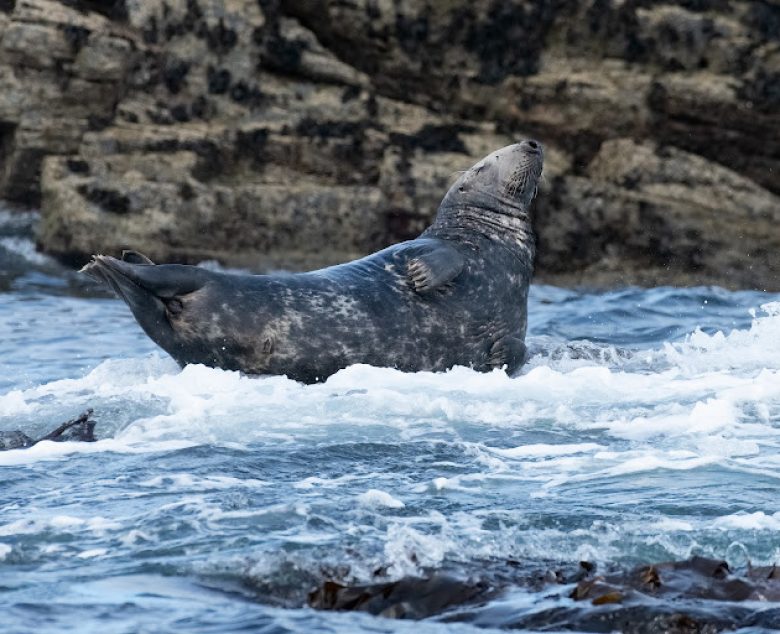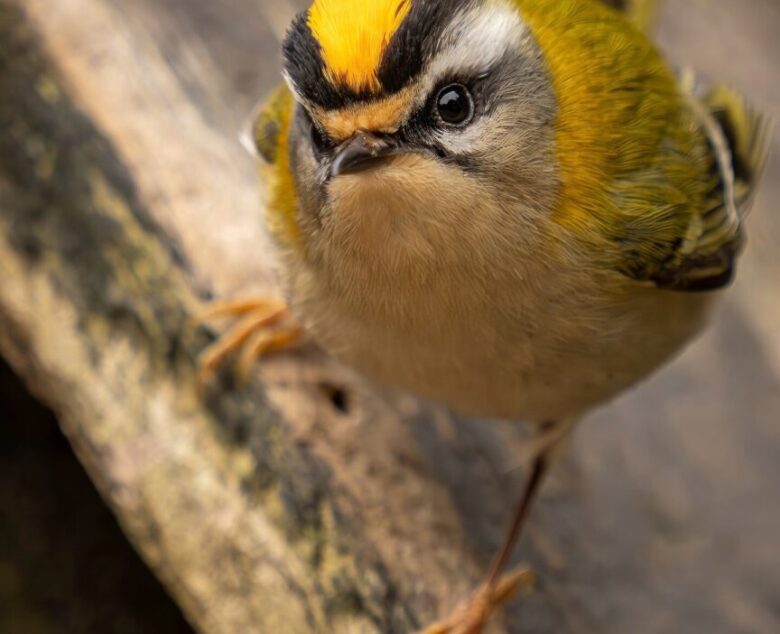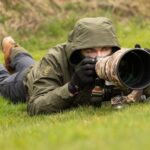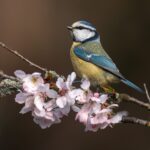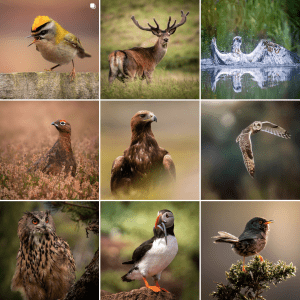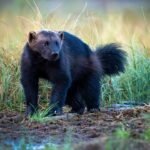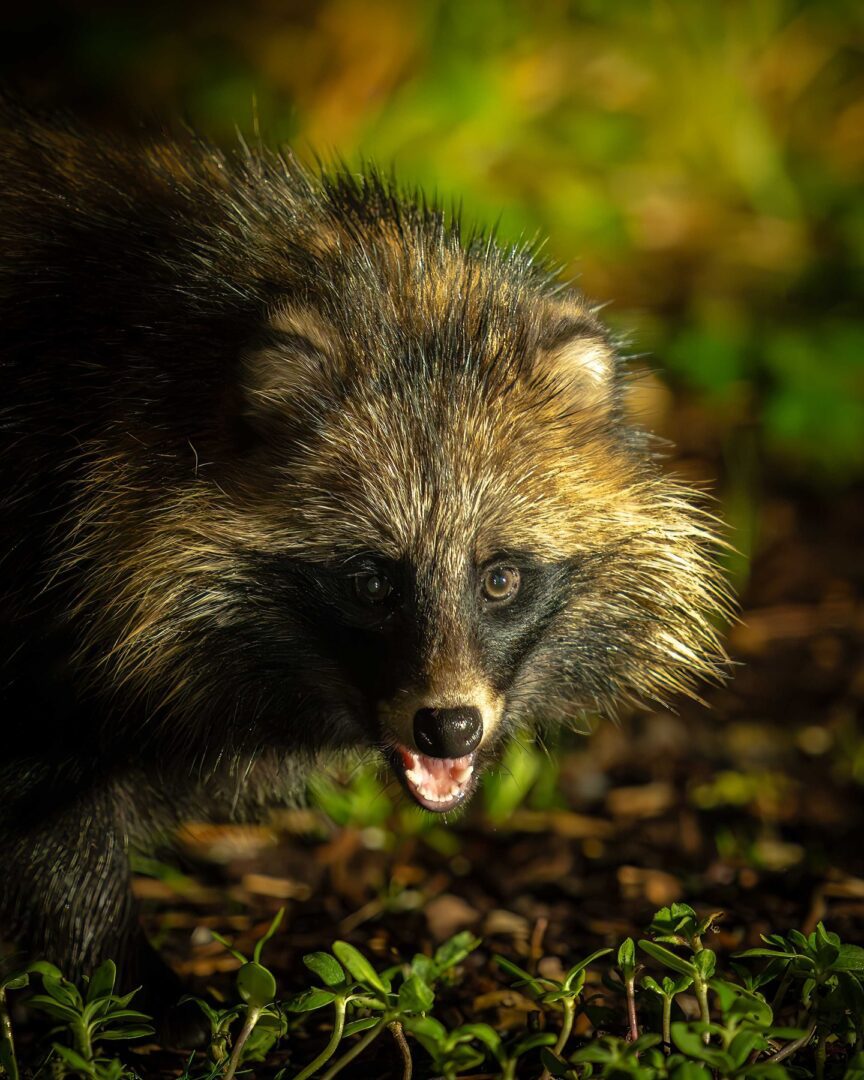
The Mysterious Raccoon Dog
Nyctereutes procyonoides
During my recent trip to Estonia, I had the chance to photograph one of the most curious and unusual species I’ve ever encountered, the raccoon dog. Despite their name, raccoon dogs aren’t related to raccoons at all. They’re members of the canid family, sharing ancestry with foxes and wolves. Originally from East Asia, they were introduced to parts of Europe in the 20th century and, much like mink in the UK, have since flourished in the wild.
These fascinating animals are nocturnal, so spotting them requires patience, a quiet approach, and a little help from the environment. The site we visited had subtle lighting positioned around the buildings, just enough to make the raccoon dogs visible as they ventured out after dark. This wasn’t my usual kind of setup; I almost always prefer working in natural light, relying on fieldcraft and behaviour rather than artificial illumination. But this trip wasn’t about my usual workflow, it was about adapting, learning, and sharing that process with others.
This particular adventure took place thanks to Sony and Digital Camera Magazine. Kate, the winner of their photography competition, joined me in Estonia for her prize, a few days immersed in the art of wildlife photography alongside a Sony professional. My role was to guide her through the process, test the latest Sony gear in real conditions, and show how to work creatively when nature doesn’t give you textbook lighting.
It was a privilege to represent Sony once again, and huge thanks go to Digital Camera Magazine and Phil, whose vision has transformed the location into a true “wildlife classroom.” His approach is one I deeply admire, it’s not just about taking pictures, it’s about understanding the story behind the subject. Spending time simply watching, observing patterns, and noticing how an animal moves or reacts, that’s where real wildlife photography begins.
The raccoon dogs themselves were every bit as intriguing as I’d hoped. With their thick fur, masked faces, and cautious movements, they seemed to emerge from the forest like creatures from folklore. Photographing them required sensitivity, a steady hand, quiet breath, and respect for the nocturnal rhythm they live by. For Kate, it was a powerful reminder that great wildlife photography isn’t always about golden-hour light or perfect conditions; it’s about patience, adaptation, and connection.
Experiences like this one are why I love what I do. They remind me that photography is as much about the journey as the shot itself, the people you meet, the places you discover, and the stories you uncover along the way.
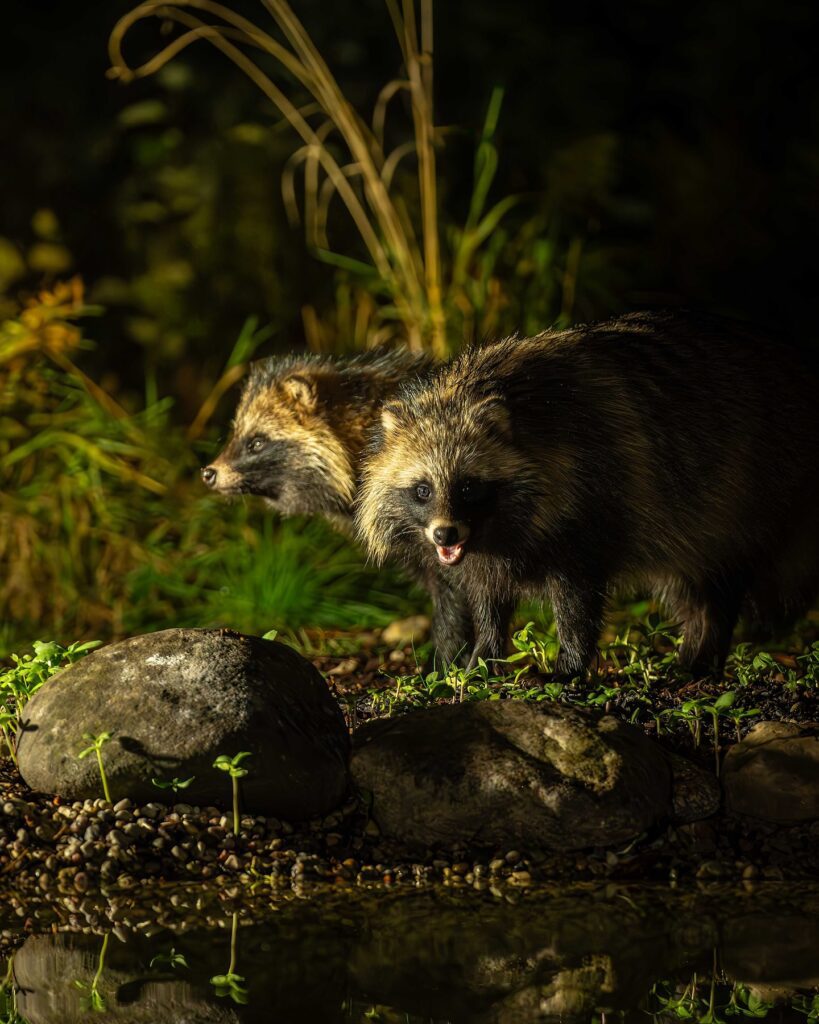
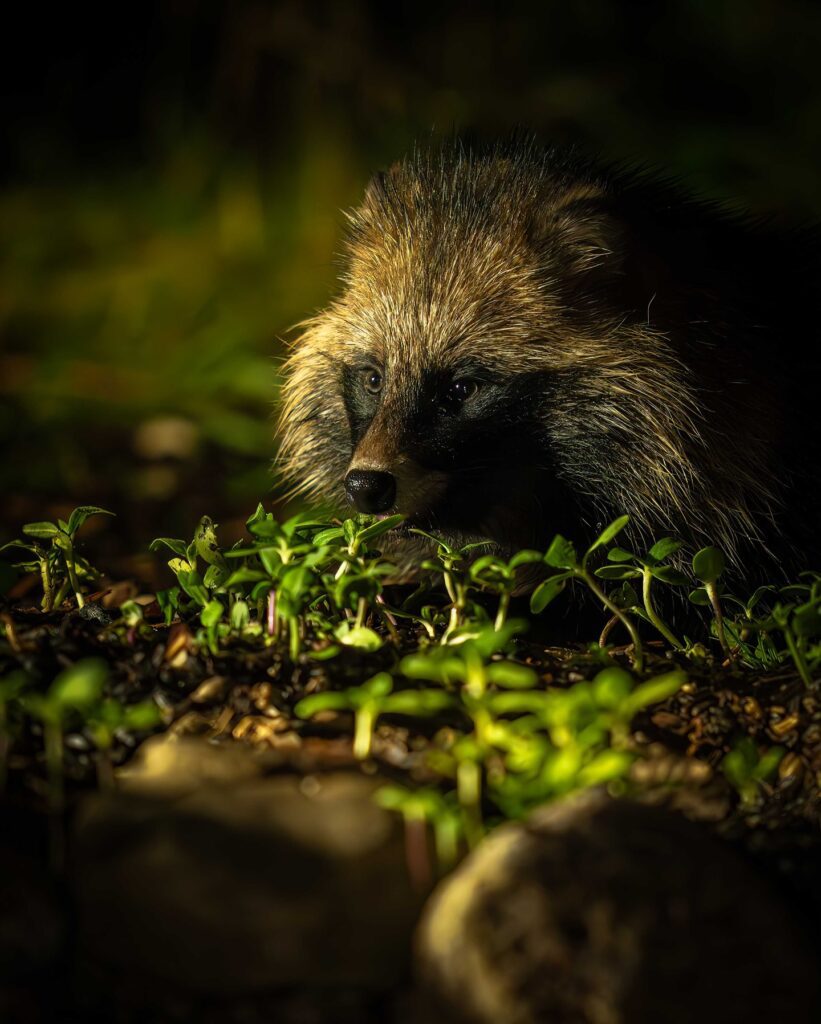
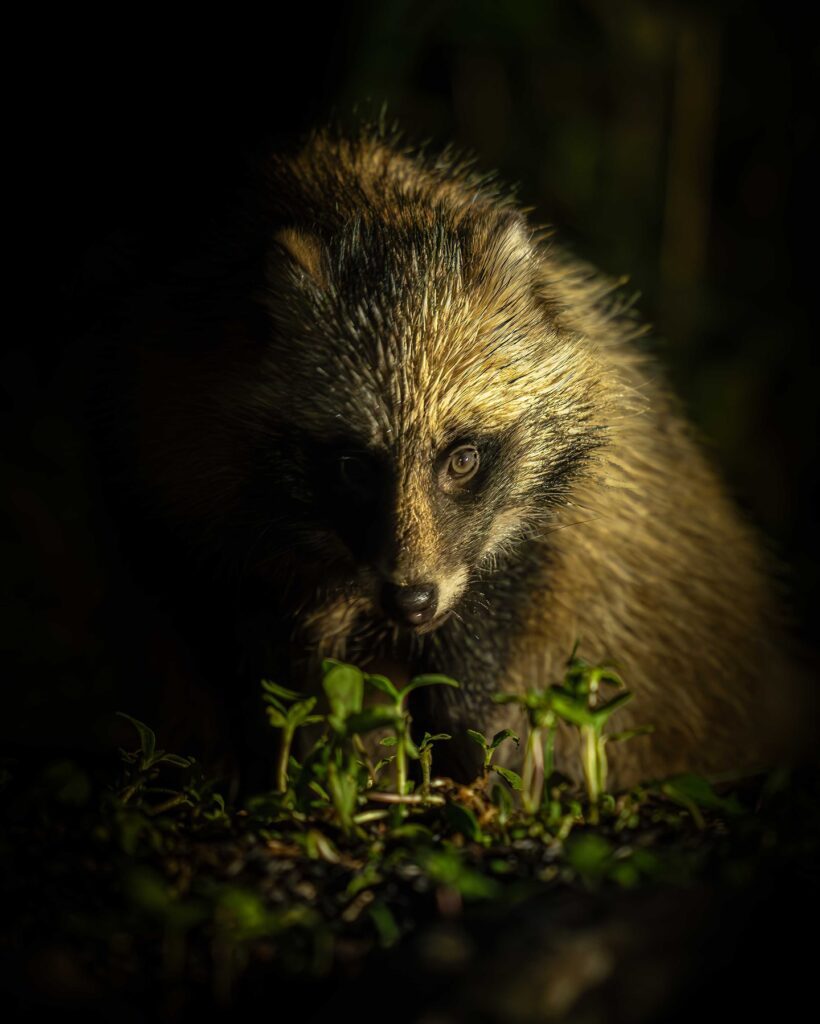
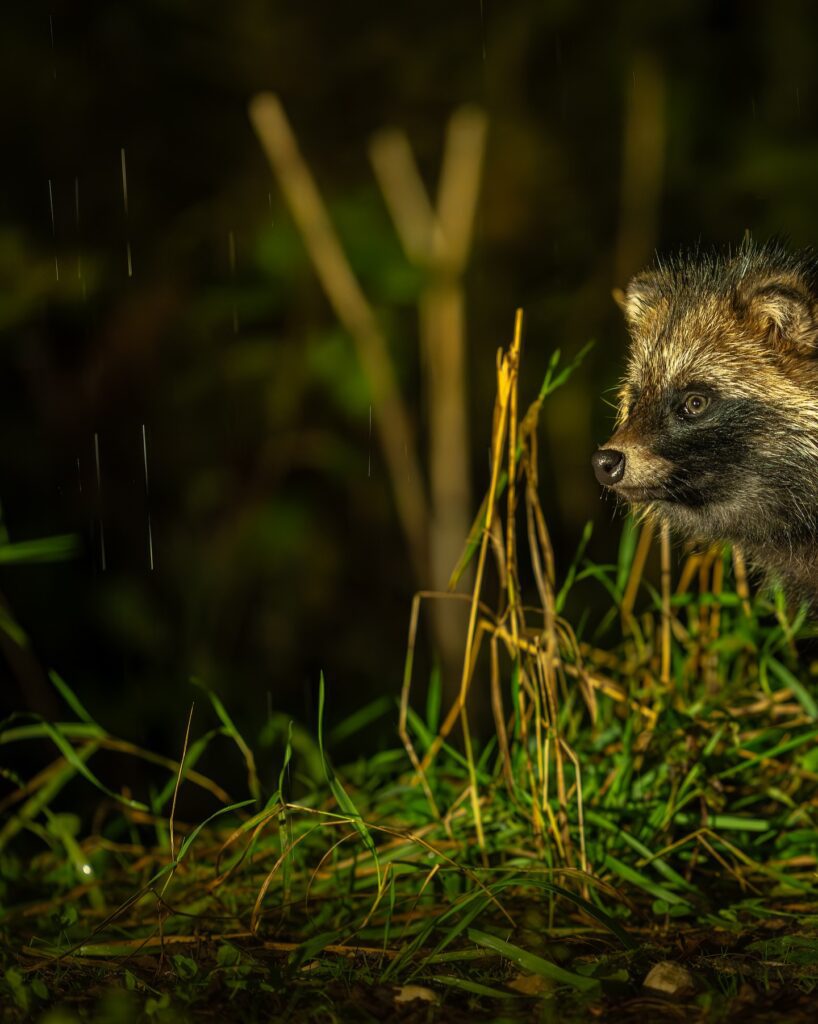
You may also like
The Grey Seals of St.Ives, Cornwall
Reed Buntings in the Fields of Yorkshire
Chasing Fire and Feathers – Photographing the Firecrest in Surrey
Featured Posts
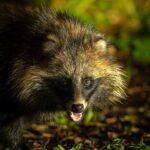



GET SOCIAL
INSTAGRAM
@paulbrowning.photography
@snowboard.paul
@macro.paul
TWITTER
@paul__browning_
FACEBOOK
@PaulBrowningPhotography
@snowboardpaul
@macro.paul.surrey
Get in Touch
GET SOCIAL
INSTAGRAM
@paulbrowning.photography
@snowboard.paul
@macro.paul
TWITTER
@paul__browning_
FACEBOOK
@PaulBrowningPhotography
@snowboardpaul
@macro.paul.surrey
